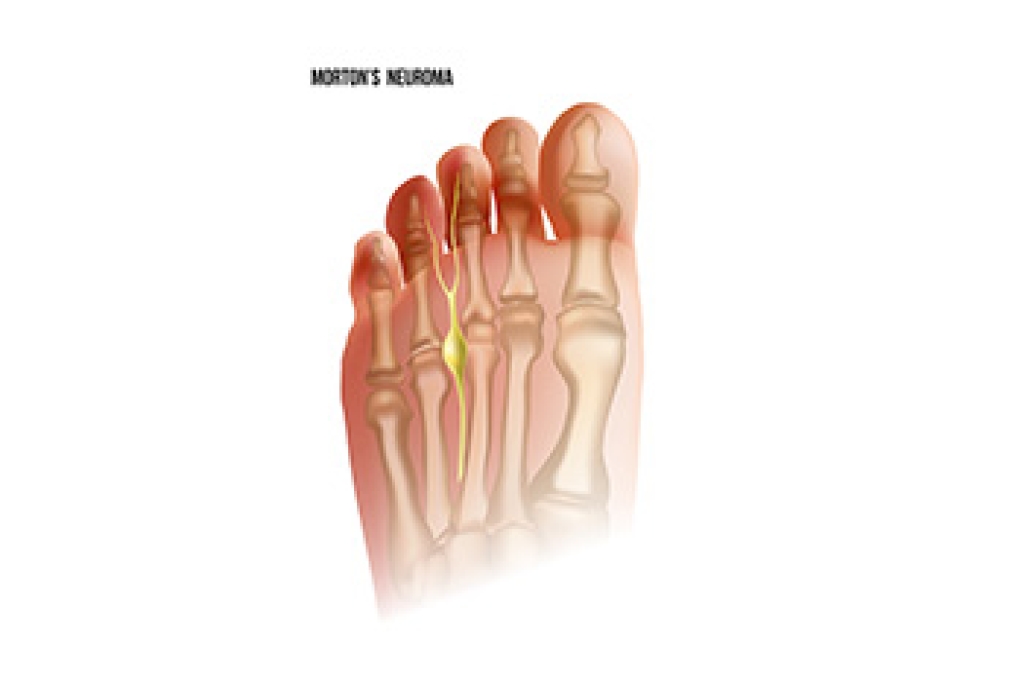
Toe surgery is sometimes needed when deformities or painful changes in the toes make walking, standing, or wearing shoes difficult. Conditions like hammer toes, claw toes, or severe bunions may cause joints to bend abnormally, leading to corns, ulcers, or painful pressure points. These problems may be present at birth or develop later due to arthritis, high arches, or changes in foot mechanics. When the toe becomes rigid, conservative measures may no longer help, and toe surgery may be required to restore function. A podiatrist can determine whether procedures such as joint realignment, tendon release, bone removal, or fusion are appropriate. In some cases, correction also involves the metatarsal bones of the forefoot to achieve better balance and reduce strain. Surgery can relieve discomfort, improve alignment, and lower the risk of more serious complications. If you are experiencing ongoing toe pain, it is suggested that you make an appointment with a podiatrist for an exam and treatment.
Toe pain can disrupt your daily activities. If you have any concerns, contact one of our podiatrists of Spartan Podiatry. Our doctors can provide the care you need to keep you pain-free and on your feet.
What Causes Toe Pain?
Most severe toe pain is caused due to a sports injury, trauma from dropping something heavy on the toe, or bumping into something rigid. Other problems can develop over time for various reasons.
Toe pain can be caused by one or more ailments. The most common include:
- Trauma
- Sports injury
- Wearing shoes that are too tight
- Arthritis
- Gout
- Corns and calluses
- Hammertoe
- Bunions
- Blisters
- Ingrown toenails
- Sprains
- Fractures (broken bones)
- Dislocations
When to See a Podiatrist
- Severe pain
- Persistent pain that lasts more than a week
- Signs of infection
- Continued swelling
- Pain that prevents walking
Diagnosis
In many cases the cause of toe pain is obvious, but in others, a podiatrist may want to use more advanced methods to determine the problem. These can range from simple visual inspections and sensation tests to X-rays and MRI scans. Prior medical history, family medical history, and any recent physical traumatic events will all be taken into consideration for a proper diagnosis.
Treatment
Treatments for toe pain and injuries vary and may include shoe inserts, padding, taping, medicines, injections, and in some cases, surgery. If you believe that you have broken a toe, please see a podiatrist as soon as possible.
If you have any questions please contact our offices located in Battle Creek and Marshall, MI . We offer the newest diagnostic and treatment technologies for all your foot and ankle needs.




